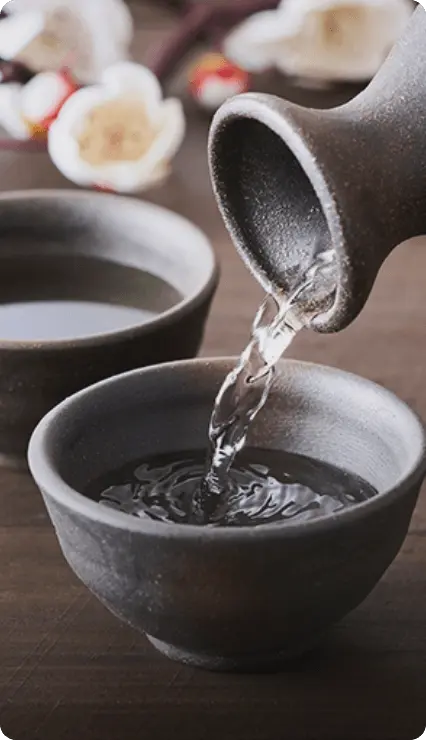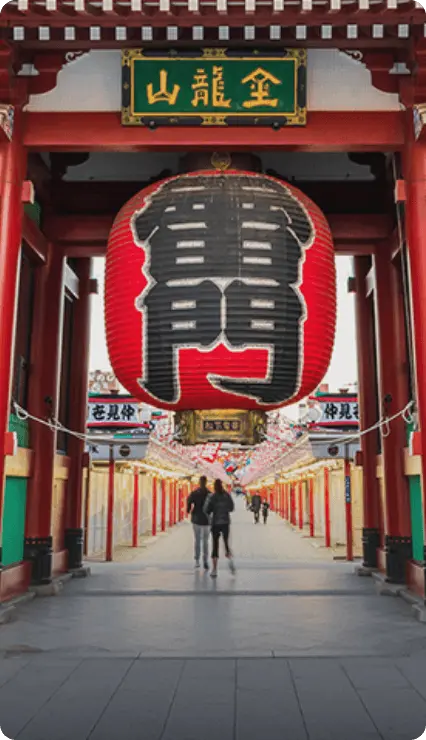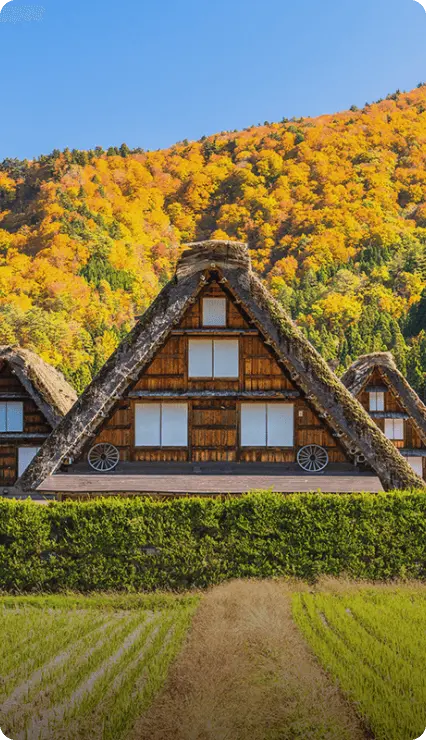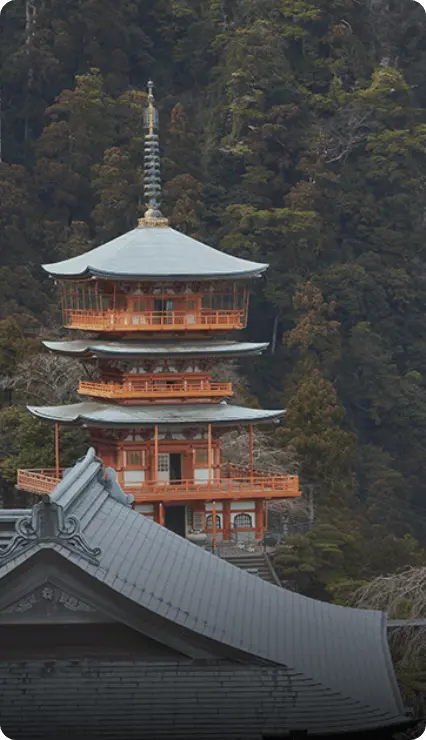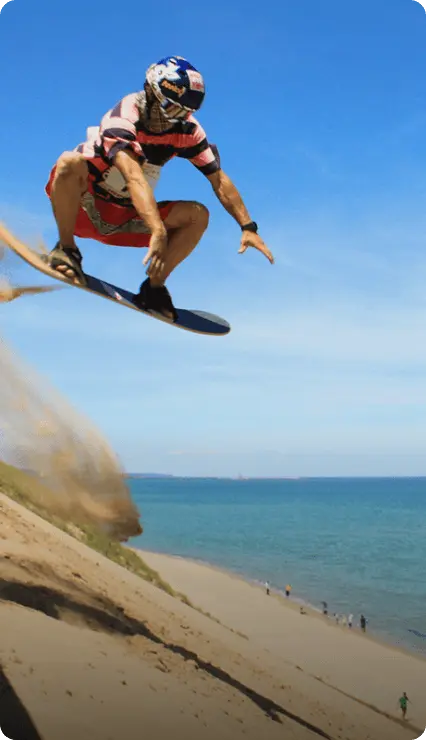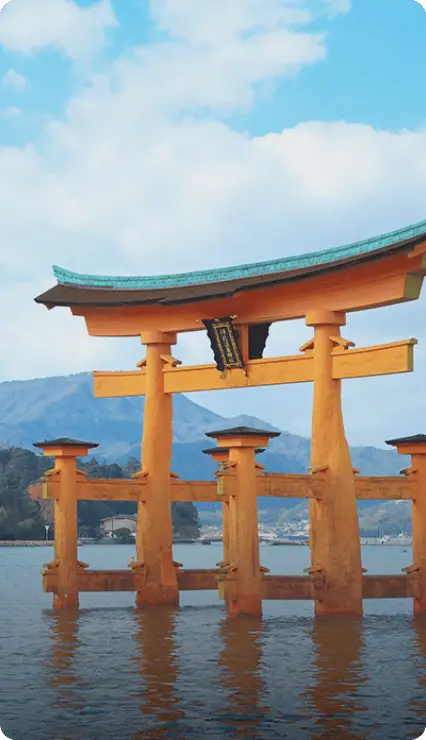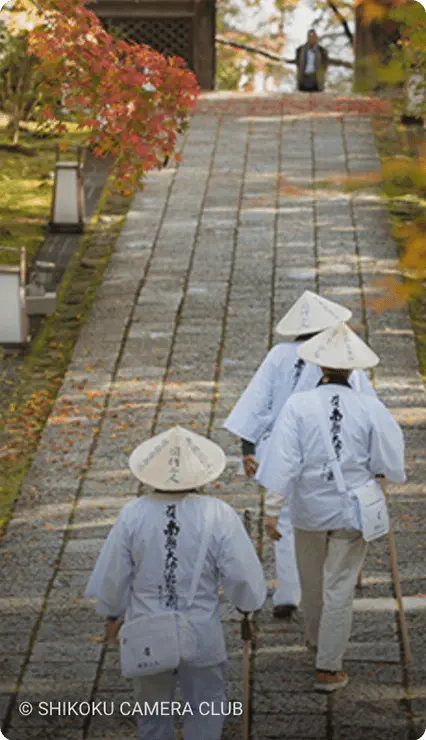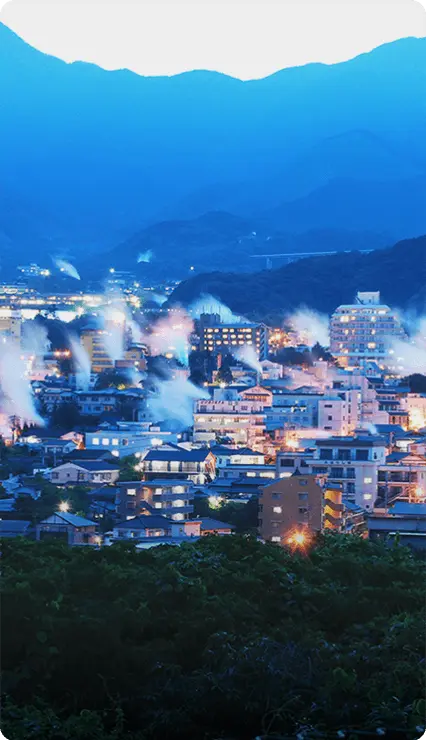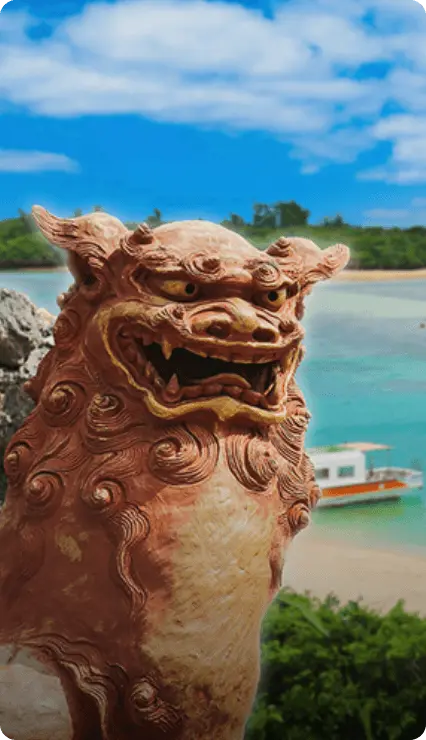Shikoku: Where nature meets tradition

Produced for Japan National Tourism Organization by

Please always refer to the latest government advice before booking travel and departing on any trip.
-
Experience the diverse natural beauty of four prefectures on one island, ranging from sparkling rivers and magnificent sea views, to lush forests and dynamic mountains – it’s all waiting in Shikoku.
-
Blessed with majestic peaks, pristine waterways and surrounded by the Pacific Ocean and the Seto Inland Sea, the island of Shikoku provides a myriad opportunities to explore nature. It is also the home of Japan’s most famous pilgrimage, the Shikoku Henro, a journey covering 88 temples with connections to the Buddhist monk Kobo Daishi (also known as Kukai).
-

Photo credit: SHIKOKU CAMERA CLUB Divided into four prefectures, Kagawa, Ehime, Tokushima and Kochi, Shikoku offers visitors an ideal opportunity to experience the distinctive cultures of multiple prefectures in one trip. The city of Takamatsu in Kagawa prefecture serves as a convenient gateway to Shikoku, and is reached by train from Tokyo in around four-and-a-half hours or from Osaka in two. Travel by high-speed bullet train to Okayama, then change to the Seto-Ohashi line and take in the stunning sea views while crossing over the Great Seto Bridge to Takamatsu.
-
Kagawa Prefecture
-
Takamatsu, the capital city of Kagawa prefecture, is home to the beautifully landscaped Ritsurin Garden. Enjoy the ever-changing vistas that unfold before you while strolling through the expansive grounds. Ritsurin is especially attractive when bathed in soft pink cherry blossom in spring, or lit up with the brilliant foliage in autumn. Take a relaxing ride in one of the traditional wooden boats to get another perspective on the garden from the water.
-

Photo credit: SHIKOKU CAMERA CLUB Kotohiragu Shrine is an atmospheric Shinto shrine halfway up Mt. Zozu in the town of Kotohira. Take the 785 steps to reach the main shrine, or climb the entire 1368 steps to reach the inner shrine at the very top – either way, your efforts will be rewarded with stunning views. After working up an appetite, try making Sanuki udon, the signature noodle dish of Kagawa, at Kotohira’s Nakano Udon School.
Another religious site of great importance is Zentsuji Temple, birthplace of the revered monk Kobo Daishi (also called Kukai, 774 to 835), founder of the Shingon School of Buddhism. Among the many points of interest are an impressive five-storied pagoda and a pair of ancient camphor trees, said to have been watching over the temple for more than a thousand years, since the time of Kobo Daishi. Zentsuji is number 75 on the Shikoku Henro pilgrimage route.
-
Ehime Prefecture
-
Part of the city of Matsuyama, Dogo Onsen is one of Japan’s most storied hot spring areas and home to several impressive bathhouses. The centrepiece is the venerable Dogo Onsen Honkan bathhouse, built in 1894 and still in use today. It was also the first public bathhouse to become a designated important cultural asset. To make the most of your visit, stay overnight at a ryokan (traditional inn) in Dogo Onsen.
-

Stretching along a ridge that straddles Ehime and neighbouring Kochi prefecture, the Shikoku Karst offers panoramic views at any time of the year. The term “karst” refers to land made up of limestone, giving rise to dynamic topography. Drive, cycle or hike through Shikoku Karst to take in the changing face of Japan’s seasons, or indulge in a spot of stargazing under the clear night skies.
-

Photo credit: SHIKOKU CAMERA CLUB Ehime’s proximity to the sea means that fresh seafood is readily available, and the prefecture is known for a dish called taimeshi (sea bream rice). While the rice and fish are usually cooked, the city of Uwajima developed its own version, comprising raw fish placed on hot rice then topped with raw egg mixed with soy sauce, so visitors with an adventurous palate shouldn’t miss this!
-
Tokushima Prefecture
-
Delve into the rich cultural heritage of Tokushima. Hidden deep in the forest of the secluded Iya Valley are three traditional kazurabashi, suspension bridges constructed from vines. There were once a total of 13 such kazurabashi, and the three remaining bridges are greatly cherished and carefully maintained. It’s thrilling to glimpse the swirling water below through the gaps in the bridge as you cross. Another attraction in the vicinity is picturesque Ochiai Village, formed on a steep slope with time-honoured building methods.
-

Photo credit: SHIKOKU CAMERA CLUB Discover the prefecture’s puppet theatre, Awa Ningyo Joruri, at the Awa Jurobe Yashiki in Tokushima City. A combination of storytelling, music and puppetry, Awa Ningyo Joruri is a designated Important Tangible Folk Cultural Property. The theatre offers daily performances by local puppeteers and you can learn more about the puppets at the adjacent museum.
Tokushima prefecture is also famous for indigo farming and aizome (indigo dyeing). The locally produced Awa indigo brand has long been prized for its high quality and is still made with traditional fermentation techniques today. Tokushima’s aizome products have been attracting international attention in recent years. Experience aizome for yourself at a hands-on workshop and make a unique souvenir of your visit.
-
Kochi Prefecture
-
Sparkling rivers and over 700km of coastline make Kochi prefecture a mecca for water sports. Well-known for striking hues which range from turquoise blue to emerald green, the Niyodo River has been named Japan’s cleanest river in multiple national government surveys. The river is particularly popular for stand up paddle boarding (SUP) and the gentle current makes it suitable for all levels.
-

Try your hand at traditional Japanese washi papermaking at Tosa Washi Craft Village QRAUD in Ino Town, and create your own postcard or paper using traditional techniques. Situated next to the Niyodo River, the complex also includes accommodation, a public spa and other craft activities, with canoeing and rafting available in the summer.
To experience one of Kochi’s prime beach areas, head to Kashiwa Island on the South Western end of Shikoku. Although relatively compact at just 4km in length, this island offers white beaches and a wide range of marine activities. It is also a favourite with divers, with more than 1000 species of fish making their home in the emerald sea.
While Shikoku is the smallest of Japan’s four main islands, it delivers big on natural beauty, spiritual sites, fascinating regional culture and delicious cuisine, adding up to a holiday you will never forget.
Hero image credit: Shikoku Camera Club
Shikoku
Shikoku is brimming with natural beauty and rich cultural traditions. At the island's heart, vast mountains and crystal-clear streams make for an impressive scene, while encircling the entire island is an ancient Buddhist pilgrimage route complete with no less than 88 temples.





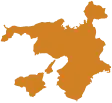






Hokkaido

Tohoku

Greater Tokyo

Central Japan

Kansai

San'in

Setouchi

Shikoku

Kyushu

Okinawa







